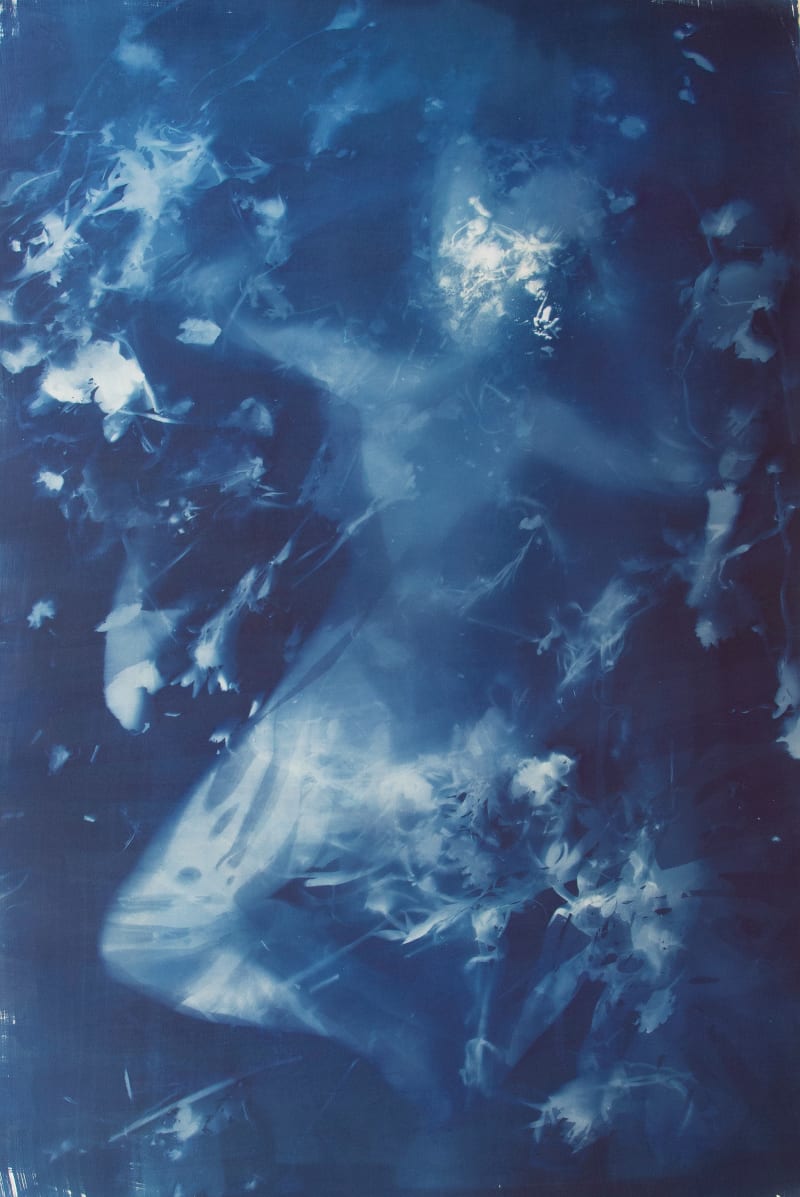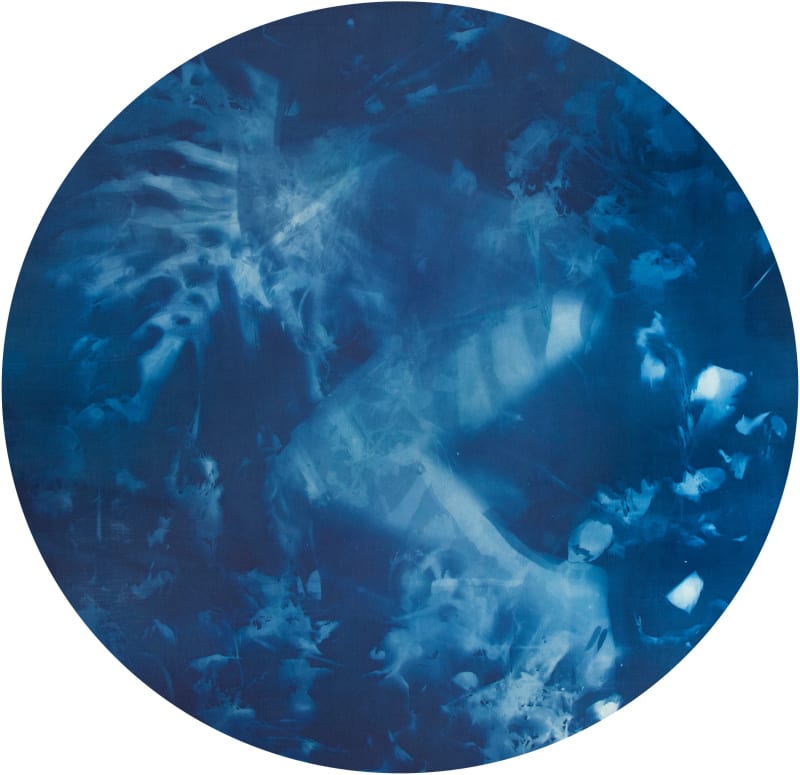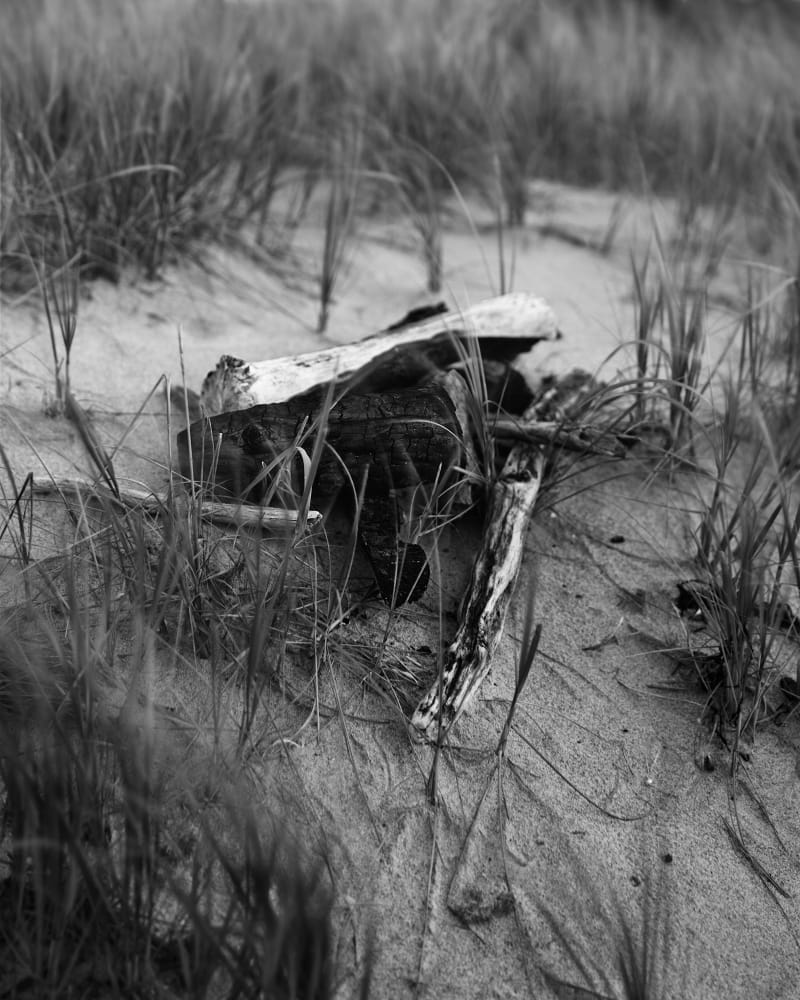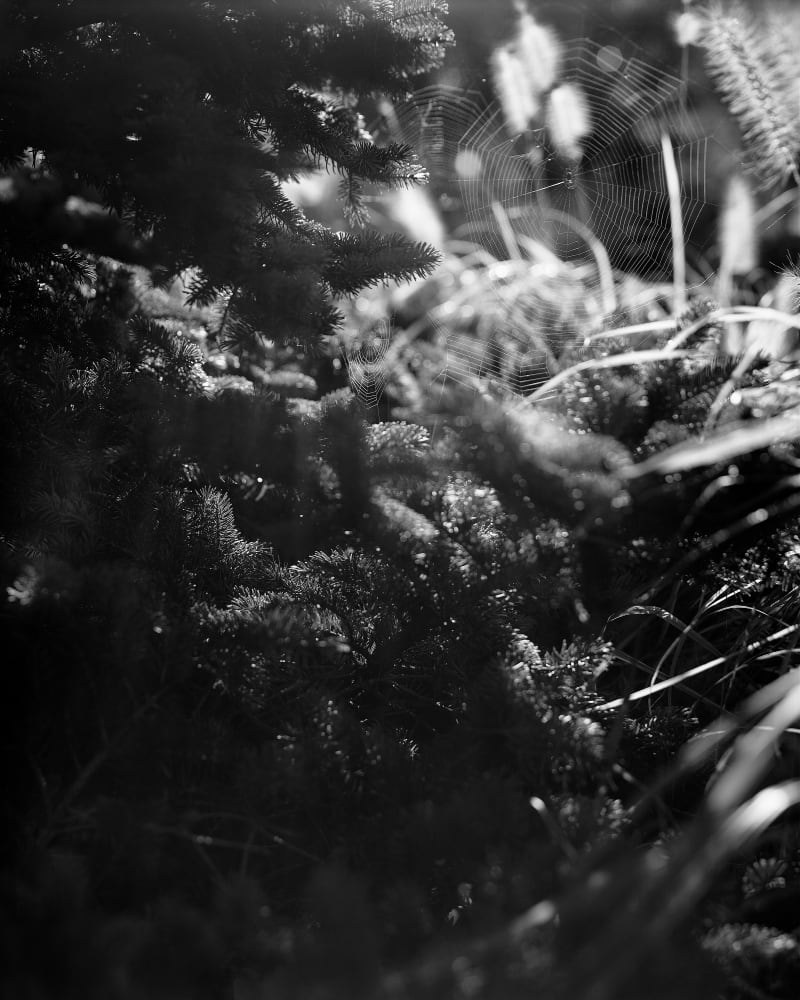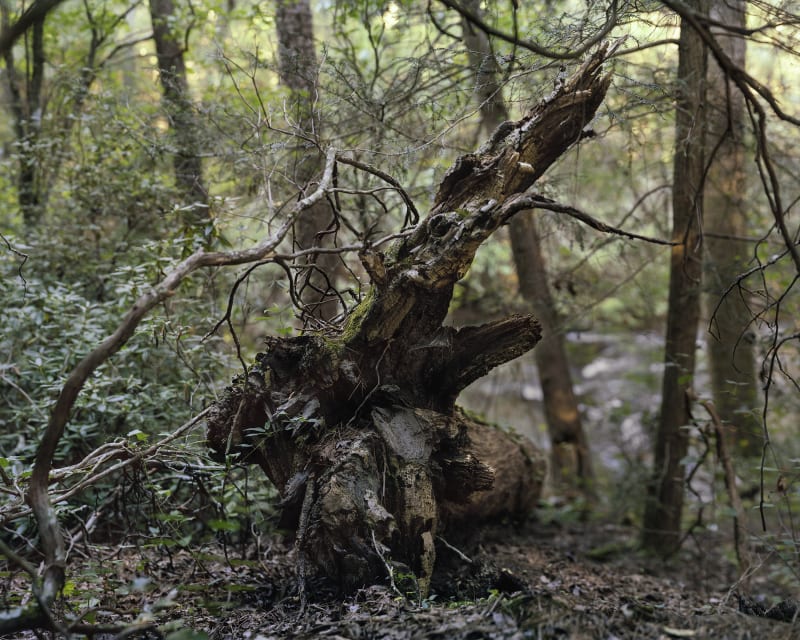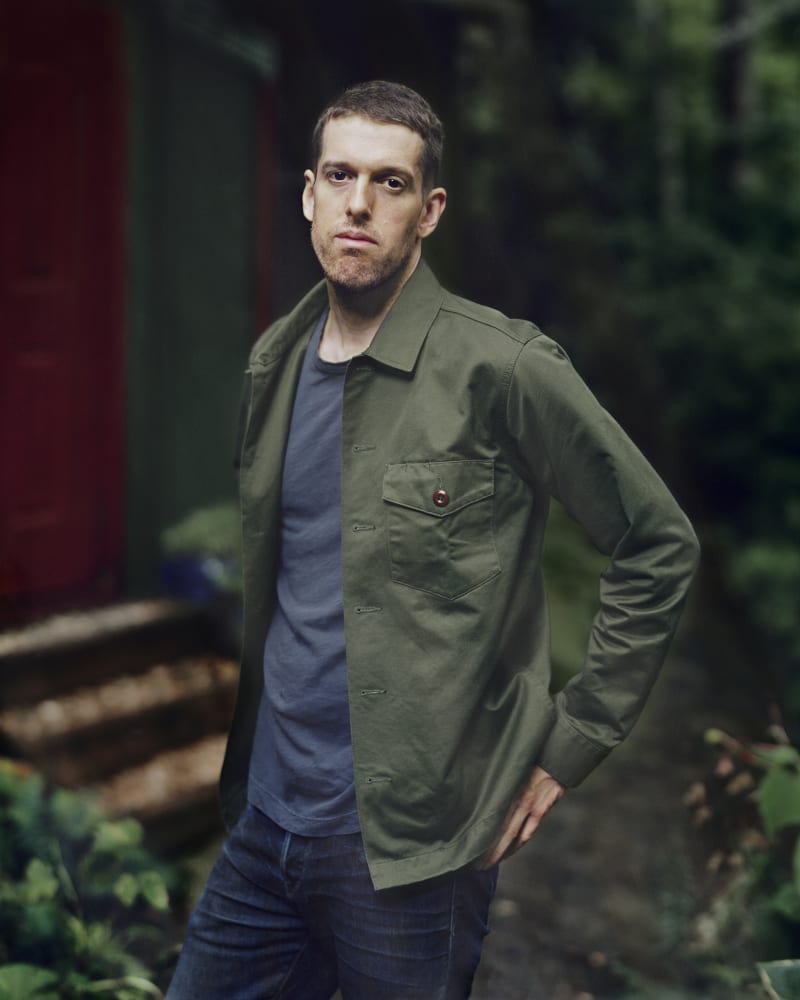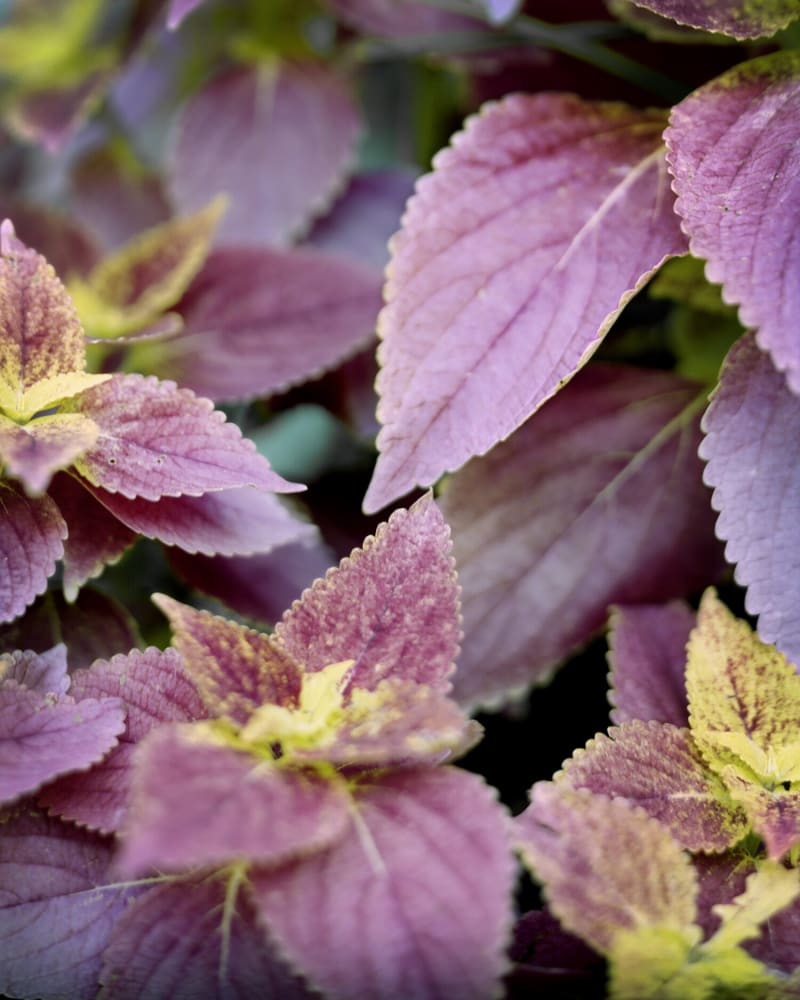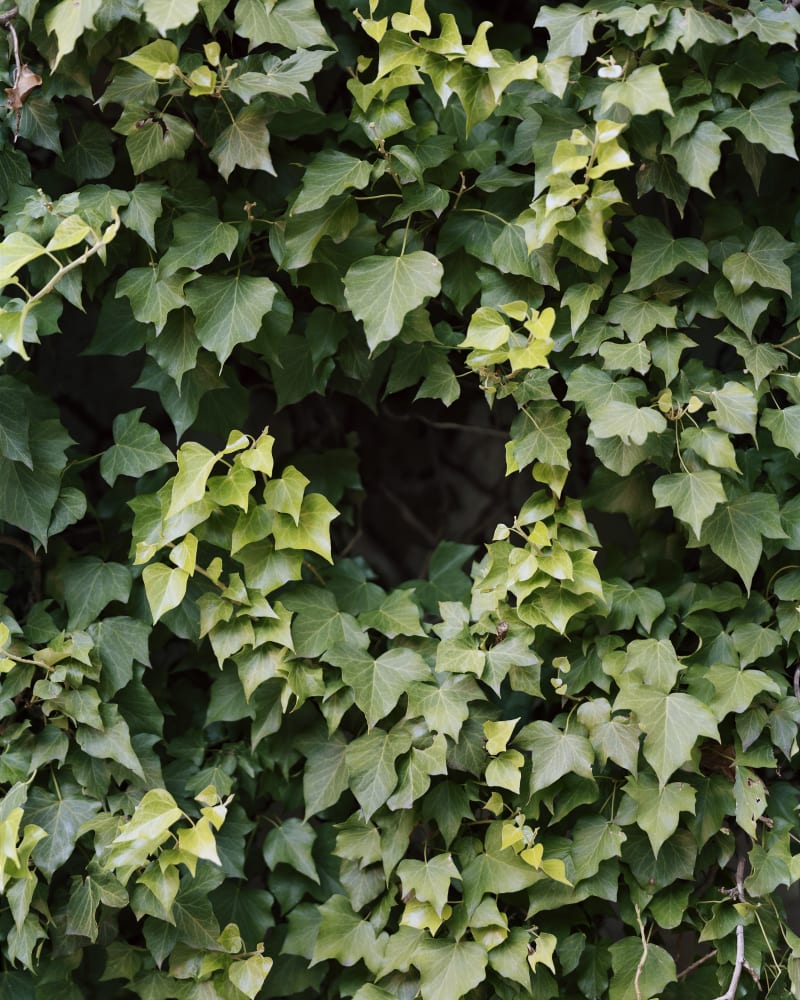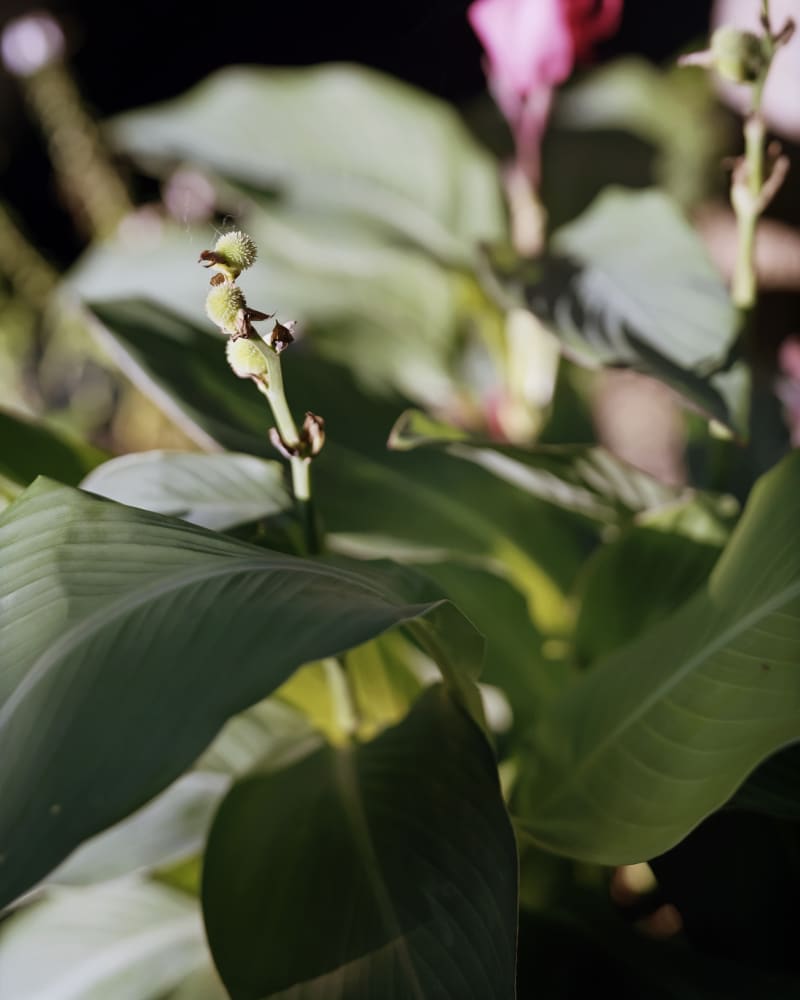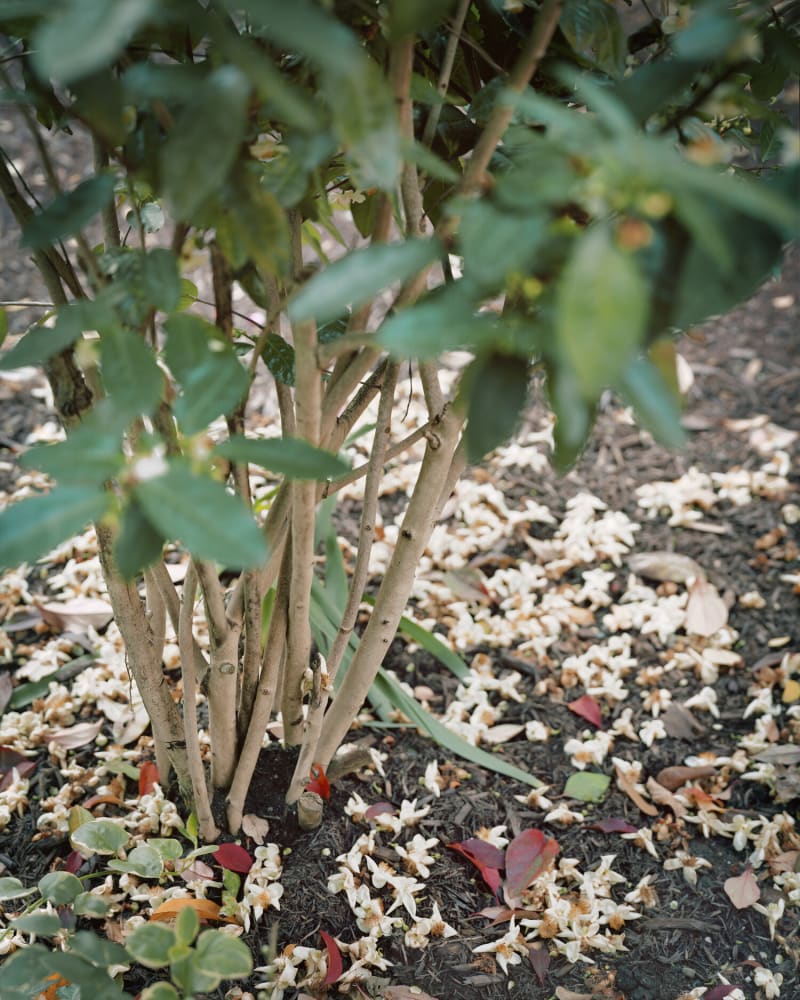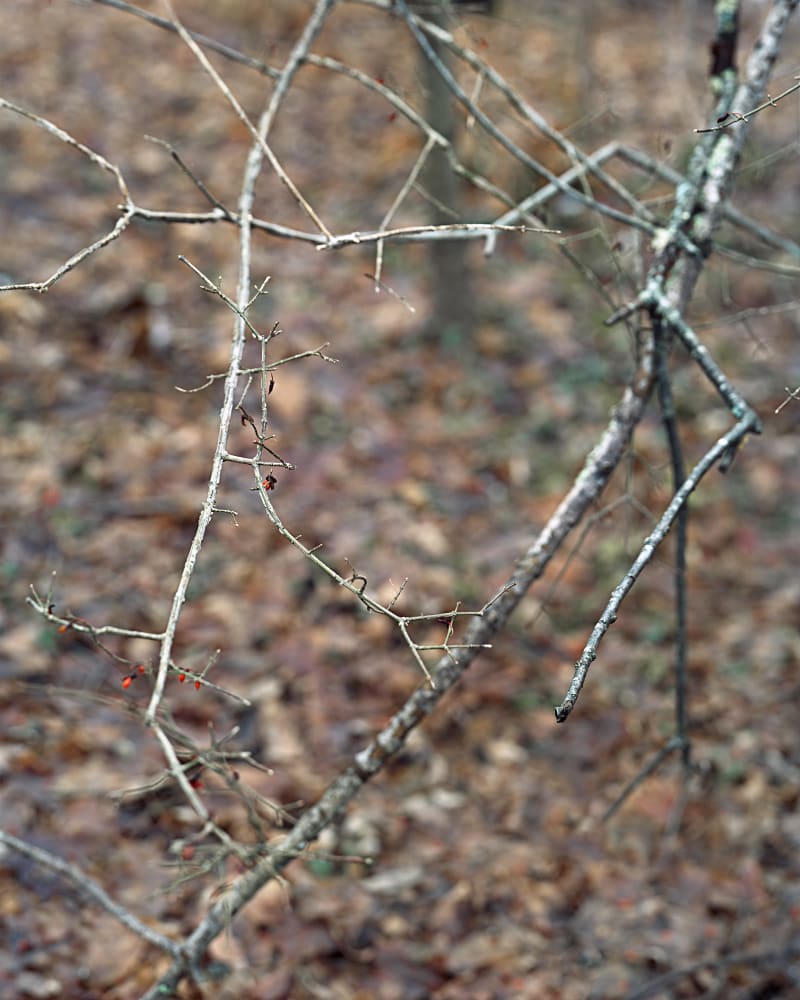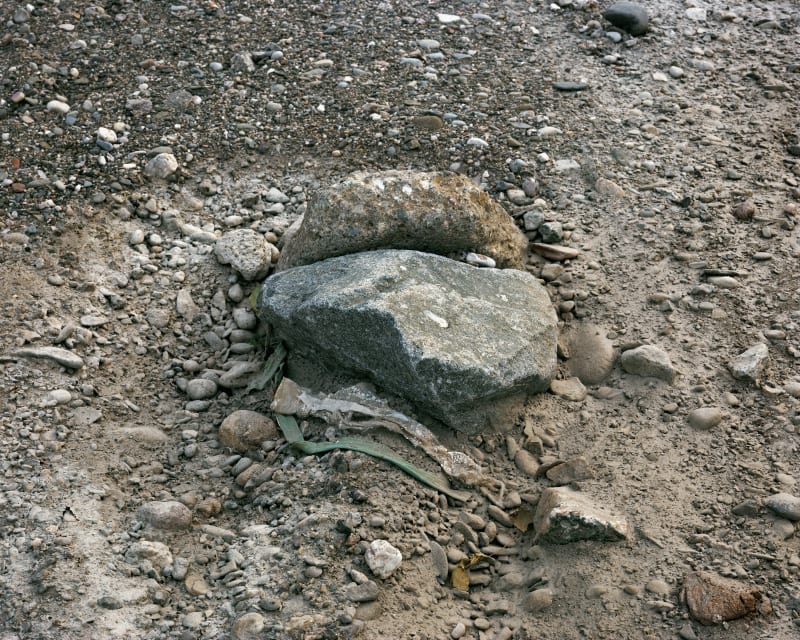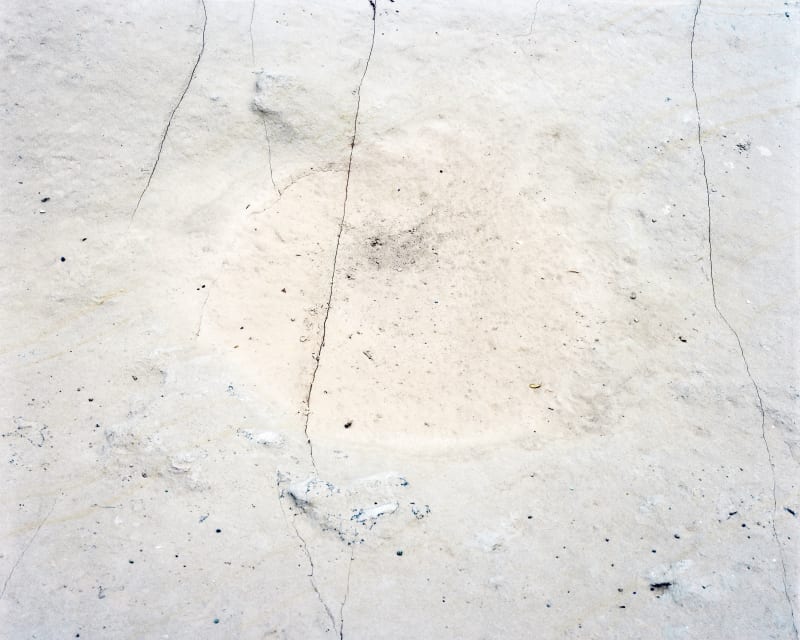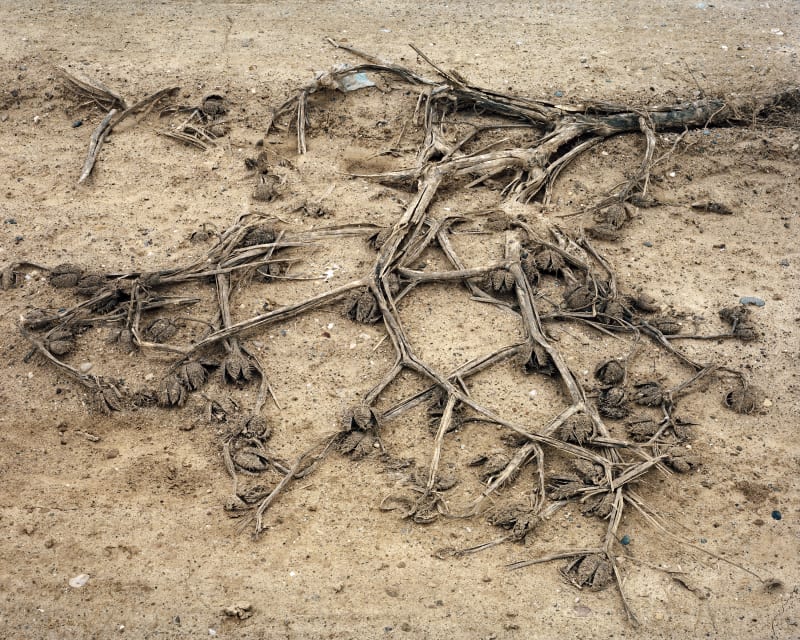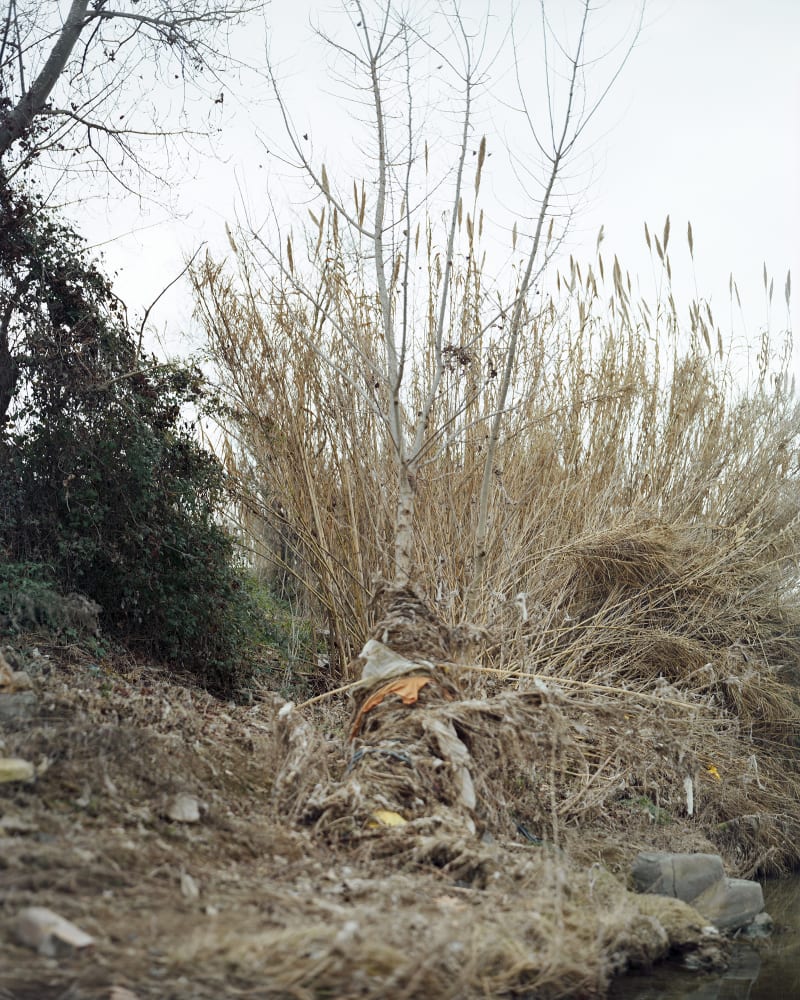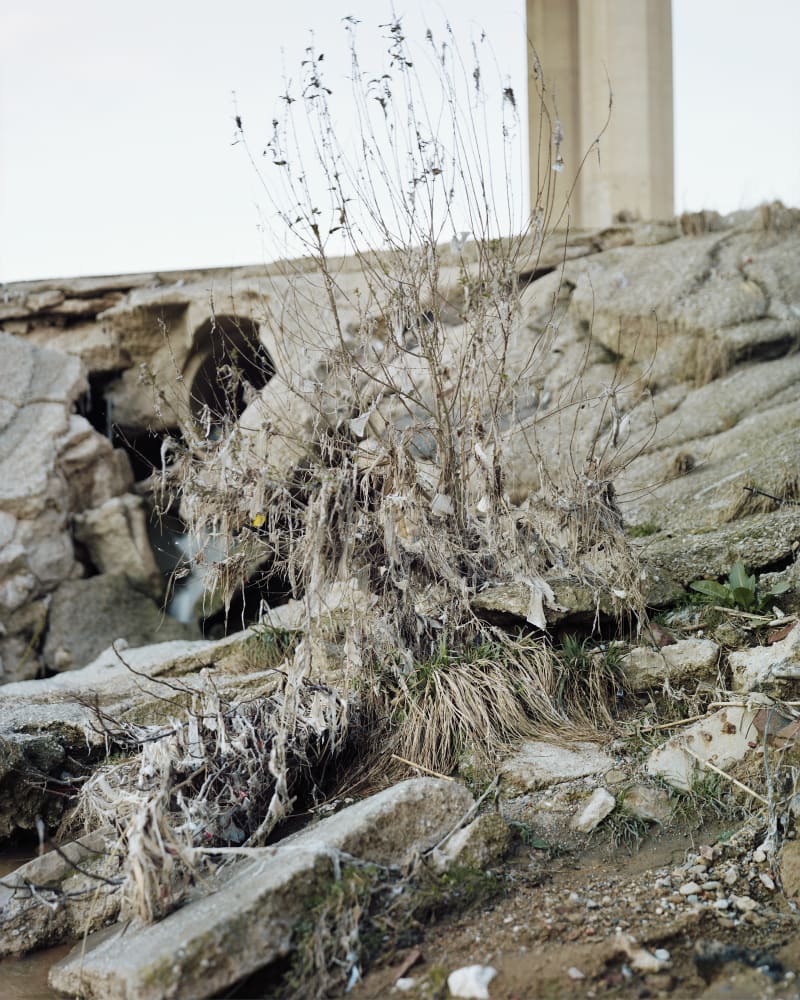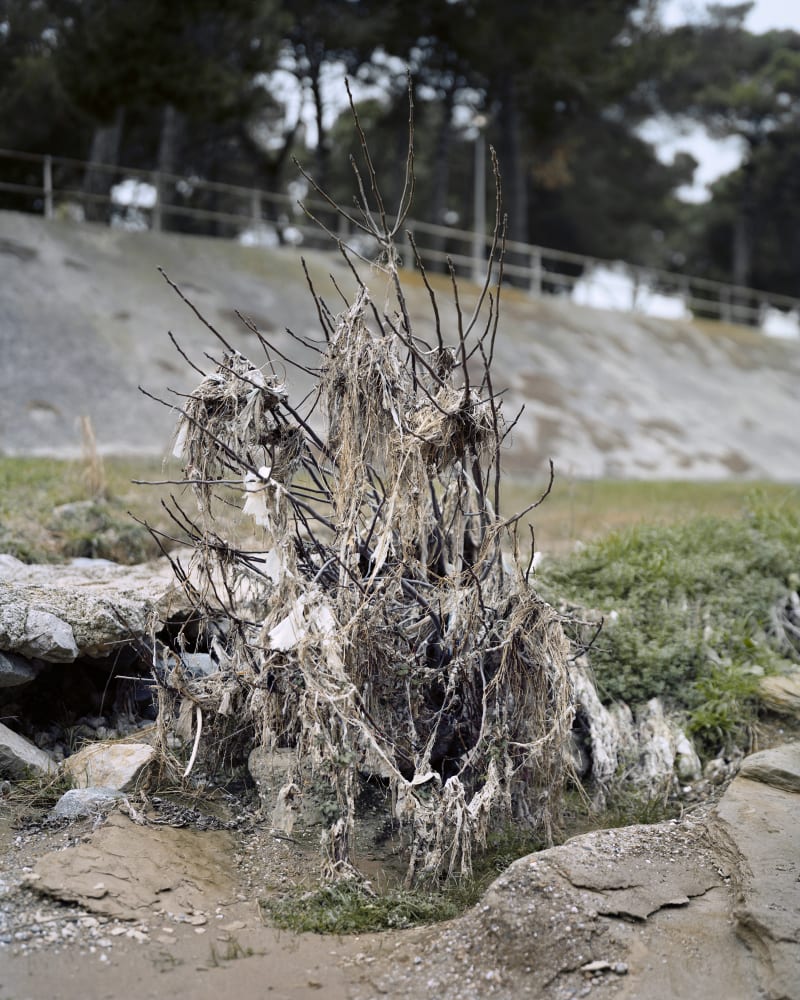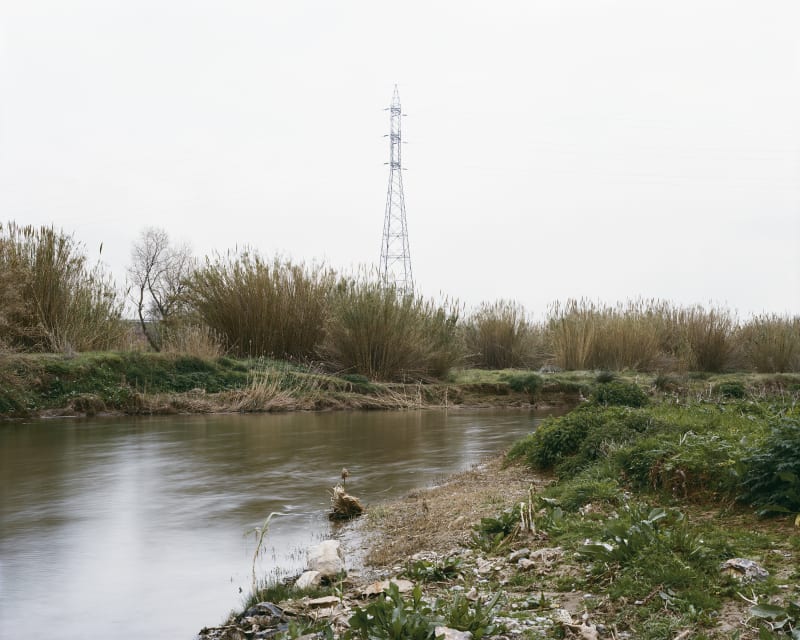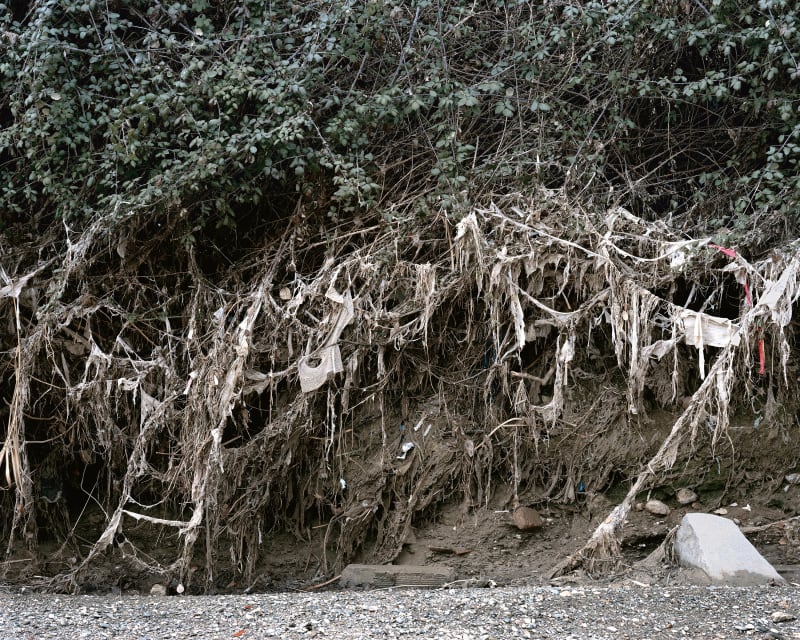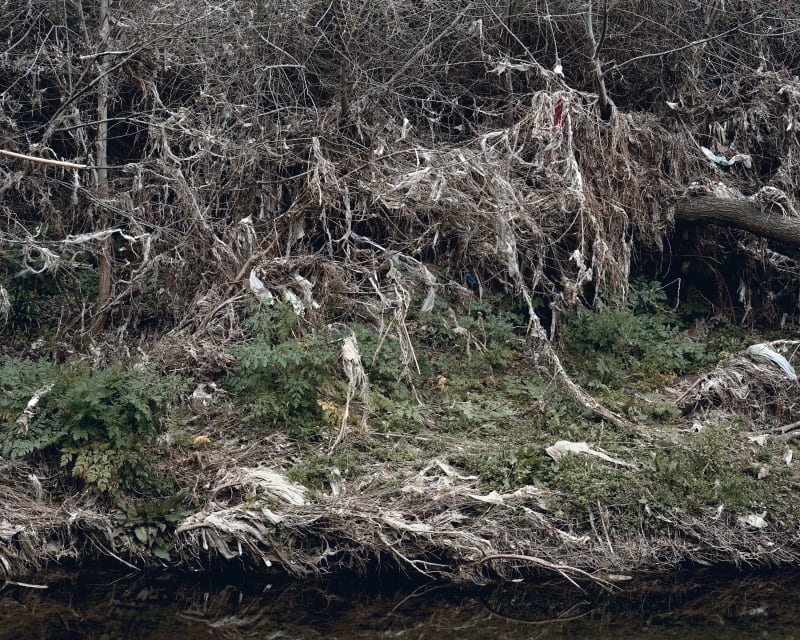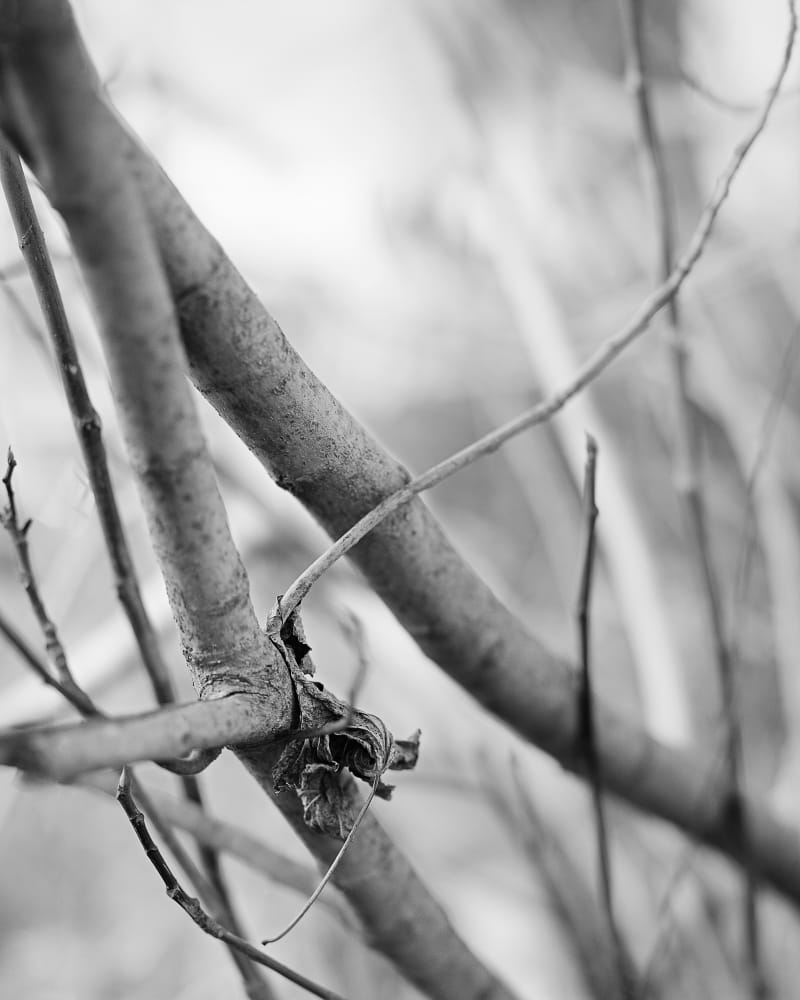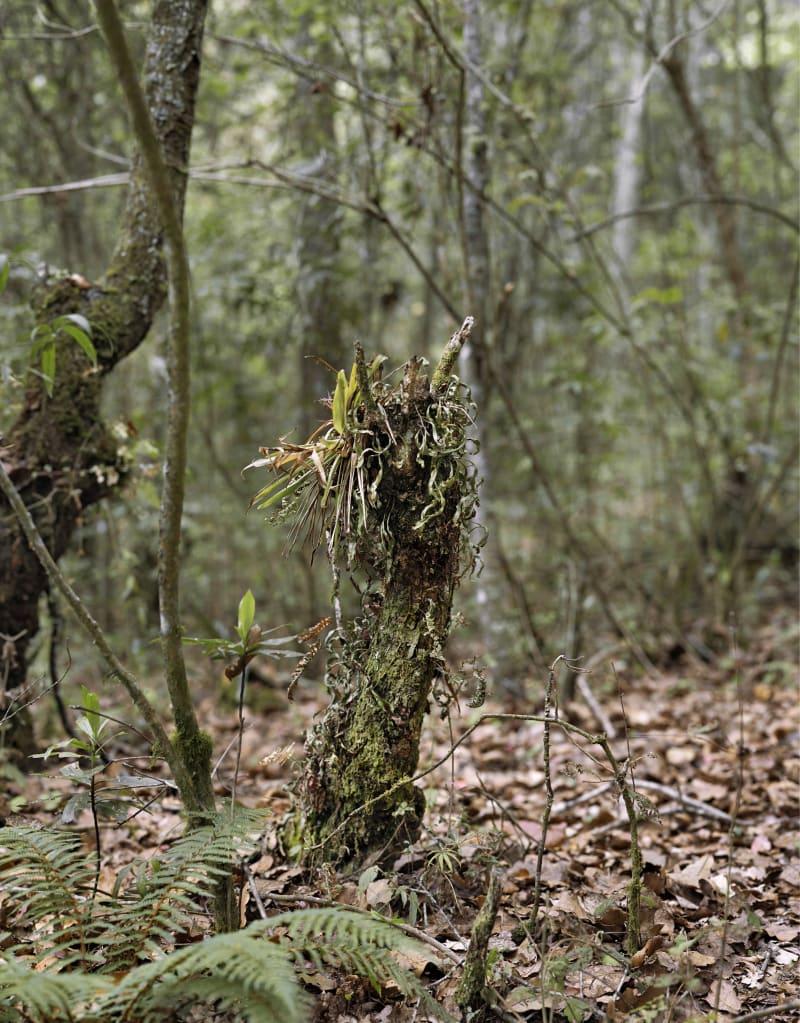
Janelle Lynch
Biography
JANELLE LYNCH (b 1969)
Janelle Lynch is an American artist renowned for her large-format photographs of the landscape. Throughout her 25-year career, she has steadfastly used the medium to investigate themes related to the lifecycle, connection, and transcendence in places she’s lived, including the United States, Mexico, and Spain. While Lynch’s practice has been primarily lens-based, it increasingly incorporates alternative processes. Her decision to use them, principally the cyanotype medium, is aligned with her conceptual inquiry as she is less concerned with replicating the world as she is in imagining the unseen through unmediated contact with natural elements, paper, and light.
Lynch’s photographs reside in major public and private collections, including The Metropolitan Museum of Art, the Victoria and Albert Museum, the International Center of Photography, the Brooklyn Museum, the Museum of Contemporary Photography, the George Eastman Museum, and the Denver Art Museum. Lynch has had several solo exhibitions, including at the Hudson River Museum, the Southeast Museum of Photography, and the Museo Archivo de la Fotografía, Mexico City. Notable group exhibitions include the Museum of the City of New York, the Newark Museum, and the George Eastman Museum, among many others.
Lynch is the author of three critically acclaimed monographs by Radius Books: Los Jardines de México (2010); Barcelona (2012); and Another Way of Looking at Love (2018), which has been profiled and published widely including on National Public Radio’s The Picture Show and in Photograph Magazine.
In 2019, Lynch was shortlisted for the Prix Pictet’s eighth cycle themed “Hope” for Another Way of Looking at Love. The related exhibition opened at the Victoria and Albert Museum and traveled internationally to LUMA Westbau, Zurich; the International Gallery of Photography, Dublin; the Shanghai Center of Photography; the Today Art Museum, Beijing, among others. In addition to the Prix Pictet, Lynch has been recognized with other honors including finalist for The Cord Prize and the Santa Fe Prize for Photography, multiple 8x10 film grants from Kodak, commissions, and residencies, most recently at The Hermitage Artist Retreat, Florida.
Lynch received an MFA in Photography from the School of Visual Arts in 1999 and completed a Master Class with Stephen Shore at Bard College in 2003. Since 2015, she has been studying perceptual drawing and painting at the New York Studio School of Drawing, Painting & Sculpture with the British artist Graham Nickson. She is a faculty member at the International Center of Photography in New York.
Blue Hour
Endless Forms Most Beautiful
Endless Forms Most Beautiful (2022-2023) is comprised of diaphanous cyanotypes and striking, large-format black and white photographs produced during extended periods of solitude along the Atlantic Ocean in Amagansett, New York, in Fall 2022 and Spring 2023. Endless Forms Most Beautiful draws its title from the final lines of Charles Darwin’s On the Origin of Species, adopted by Lynch to describe "what may exist beyond” the material world of Darwin’s scientific text.
From Georgia to Heaven
In From Georgia to Heaven (2020 - 2022), Lynch uses the historic cyanotype process to seek answers to questions about transcendence and the afterlife.
"The images are translations of natural materials from landscapes of personal resonance. They reference the real and imagined, the literal and abstract, the earth and heavens. They are borne from a desire for unmediated contact with materials—botanicals, paper, light—and a curiosity about what might manifest from the synergistic connection between those materials, my body, and my imagination. Influences include 19th century science and spirit photography, art history, cross-cultural creation myths, and training in perceptual drawing." - Janelle Lynch
Fern Valley
"Fern Valley is inspired by the virtues of generosity, empathy, and humility that characterize the ethos of Fern Valley, a swath of private land along the Soque River in the Appalachian foothills of North Georgia. I began photographing there in March 2020 as a communion with place during a turbulent time in world history. Through it, I affirm the transcendent power of nature and the human capacity to persevere. Light, color, and a deep connection to the spiritual world are my guides. With my 8x10-inch view camera, which supports my contemplative approach to image-making, I encounter and celebrate a sense of hope and interconnectedness with all life forms, seen and unseen; known and only imagined."
The Girls Were Here
The Girls Were Here is a series of still lifes found at home or on neighborhood streets of personal resonance. It draws inspiration from science and spirituality; love and loss; the yearning for certainty and acceptance of its impossibility. Guided by the notion that love, like the spirit is invisible, the work negotiates the desire to believe in the unprovable and the need for truth affirmed by physical evidence.
Another Way of Looking at Love
Another Way of Looking at Love (2015-2018) explores the interconnectedness of all life forms and supports a renewal of human relationships to each other, and to the natural and the spiritual worlds. For some images, I create points of connection with elements from the same species—Japanese barberry or burdock, for example—while for others, I combine multiple species, such as golden rod and pokeweed or burning bush and pine trees. Points of connection create spaces, which represent areas where new realities can be envisioned. The depiction of unity, together with color and light, show the beauty and magic of the natural world. Another Way of Looking at Love follows the belief that in our organic and spiritual essence, we are inextricably linked to each other and to Mother Nature. We are hardwired for connection and our elemental sameness unites us and transcends our apparent differences. Our wellness and the well-being of the world depend on healthy connections to each other and to the earth. Another Way of Looking at Love is borne of awe for the power of nature, and seeks to reimagine our connection to one another, to the planet, and to the generative possibilities of the moment.
Barcelona
My visceral connection to water and reverence for nature led me to the Llobregat and Rubí Rivers when I moved from New York to Barcelona in 2007. The rivers’ banks and wetlands are essential natural areas of the region. Habitats for wildlife and a fresh water source for residents and agriculture, they became my sanctuary and the subject of my work for four years. Along and within them, I asked questions—what remains after loss, what lingers, what intangible presence exists despite a physical absence. The pictures in Barcelona represent my search for answers.
Los Jardines de México
The photographs in Los Jardines de México explore themes related to the life cycle and representations thereof in the urban and rural landscape. Made between 2002–2007, and comprised of four series—three from Mexico City and one from Chiapas—each project investigates—or embraces—a specific facet of existence: loss, death, regeneration and life.
River
River is a series of waterscapes that explores themes of impermanence and loss through historical urban architecture. The images were made along the Hudson River in Manhattan between Canal and 65th Streets in areas that were part of New York's once vital shipping industry and railroad transportation system. The contain remnants of the deteriorated maritime piers, piles that supported the piers, original railroad structures, as well as recent constructions that are part of the new Hudson River Park. Across the river, at the horizon line in some of the photographs, other historical structures can be seen in New Jersey such as the Erie Lackawanna Railroad terminal in Hoboken and the Colgate Clock in Jersey City. The architectural elements in the photographs conjure history of more than a century ago, a vast cultural shift is implied and the suggestion of evolution and change is imparted.
Shop






